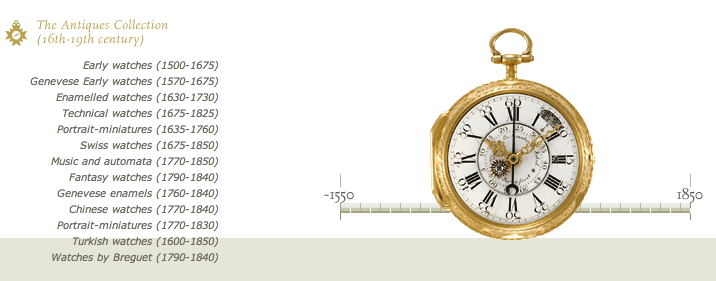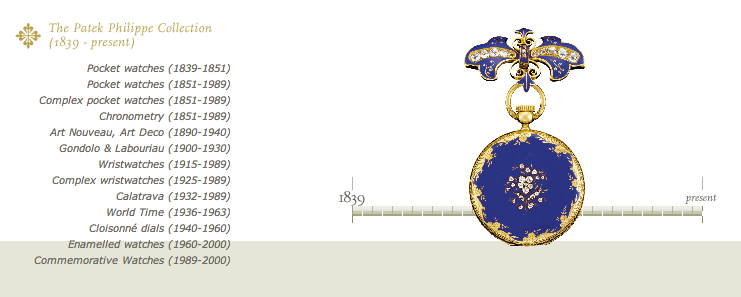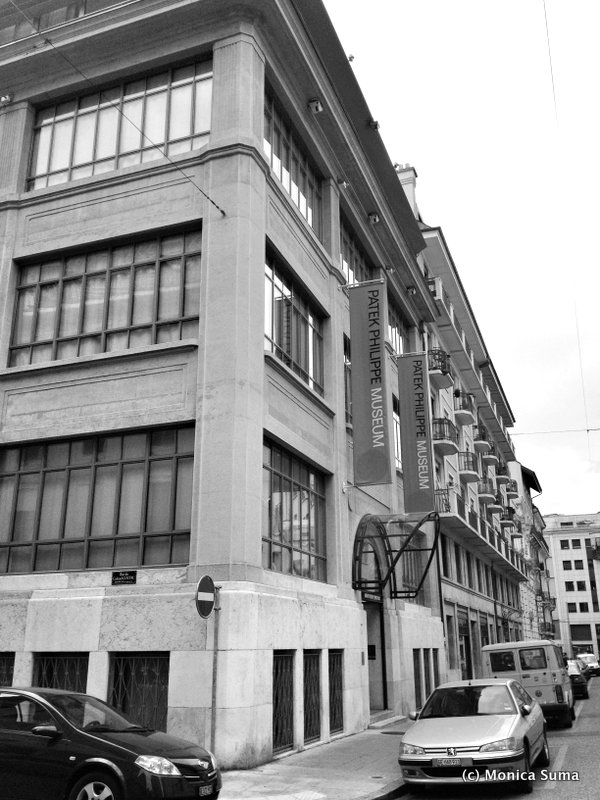I only had two hours to explore through centuries of unrivaled watchmaking and veritable antique jewels, with no photography device allowed. My anxiety level was at all time high; so much too see, in so little time.
 I was in Geneva, the capital of legendary watch craftsmanship and I was finally at the renowned Patek Philippe Museum. It had just been my birthday and I was looking for inspiration for my future watch; after this visit, I realized I could never buy an average watch EVER again. Given I grew up surrounded by age-old furnishings, precious porcelains and antique jewelry, I felt as if I had entered a familiar habitat, feeling as an Alice in Wonderland of sorts. To see rows and rows of unique gems of unimaginable value belonging to kings and queens was all too surreal.
I was in Geneva, the capital of legendary watch craftsmanship and I was finally at the renowned Patek Philippe Museum. It had just been my birthday and I was looking for inspiration for my future watch; after this visit, I realized I could never buy an average watch EVER again. Given I grew up surrounded by age-old furnishings, precious porcelains and antique jewelry, I felt as if I had entered a familiar habitat, feeling as an Alice in Wonderland of sorts. To see rows and rows of unique gems of unimaginable value belonging to kings and queens was all too surreal.
So, what types of watches should you expect to see at the Patek Phillipe Museum? The answer is simple: every kind imaginable beginning from the 1500s.
The collections
In a nutshell, the Patek Philippe Museum explores the roots of time-measurement, scrupulously detailing the key events in watchmaking evolution.
The museum showcases two main collections: The Antique Collection, a wide array of Genevese, Swiss and European watches and enamels dating from the 16th to the early 19th century, and The Patek Phillipe Collection, a display of watches designed and created by Patek Philippe since its foundation in 1839 up to the present day. These are mostly pocket watches and wristwatches, including a striking collection of Art Nouveau and Art Deco ones.
Throughout its four levels, there is an impressive number of masterpieces displayed, all of which have left their mark on the history of horology. You can expect to see gold watches encrusted with precious stones once belonging to royalty, jewelry sets that have small screens embedded within or the more traditional watches made with the sole purpose of showing the time.
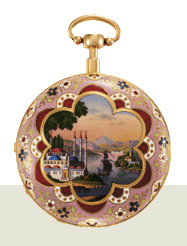 You will also find on display one-of-a-kind watches crafted for the Far and Middle East, such as for the Chinese and Turkish lords of the time.
You will also find on display one-of-a-kind watches crafted for the Far and Middle East, such as for the Chinese and Turkish lords of the time.
The styles are truly wide-ranging; from grotesquely opulent pieces meant to show one’s wealth and status, to genuine works of art showcasing meticulous enameling work including portrait watches, to conspicuous décor ensembles – the so called fantasy watches – such as bird cages, to simple, classic watches, there is nothing you will not find here. Regardless of the features, they all have one thing in common: the extensive amount of time that takes in completing one.
History
So, where does the name Patek Philippe come from? Polish watchmaker Antoni Patek started making pocket watches in 1839 in Geneva, along with his fellow Polish migrant Franciszek Czapek. The duo separated in 1844, however in 1845 Patek joined forces with the French watchmaker Adrien Philippe, inventor of the keyless winding mechanism, that led to the founding of the Patek Philippe & Co in 1851.
The building which today houses the Patek Philippe Museum has a fascinating history dedicated to watchmaking. Most probably designed by the talented architect Mr William Henssler in 1919, it has witnessed gem cutting under the name Heller & Son, production of jewelry by Ponti Gennari and Piaget, and manufacturing of watchcases and bracelets since 1975 by Les Ateliers Reunis.
Within the museum, it’s also fascinating to see some of the archives on display, such as old inventory books, handwritten documents and a massive library, all to be found on the last floor.
Cost, location and other tips
If you’re a culture and history buff as myself, then mark this museum as an absolute must when in Geneva. For a modest 10 Swiss francs (equivalent of $10), you can stroll through the four floors that represent the four centuries of horology. Sadly, pictures are not allowed, and even more so, all belongings must be places in a locker. Also, check the schedule prior to visiting, most days it is only open between 2-6 pm.
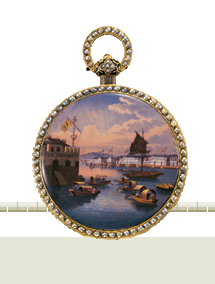 The best way to get to the museum is by hopping to a bus heading to Plainpalais. Located in a building from the early 20th century, it’s best you check the map when searching Rue des Vieux-Grenadiers so you don’t waste half an hour going in the opposite direction in the large square, like I did 🙂 Either way, the area has lovely architecture, so you might as well get lost and explore.
The best way to get to the museum is by hopping to a bus heading to Plainpalais. Located in a building from the early 20th century, it’s best you check the map when searching Rue des Vieux-Grenadiers so you don’t waste half an hour going in the opposite direction in the large square, like I did 🙂 Either way, the area has lovely architecture, so you might as well get lost and explore.

